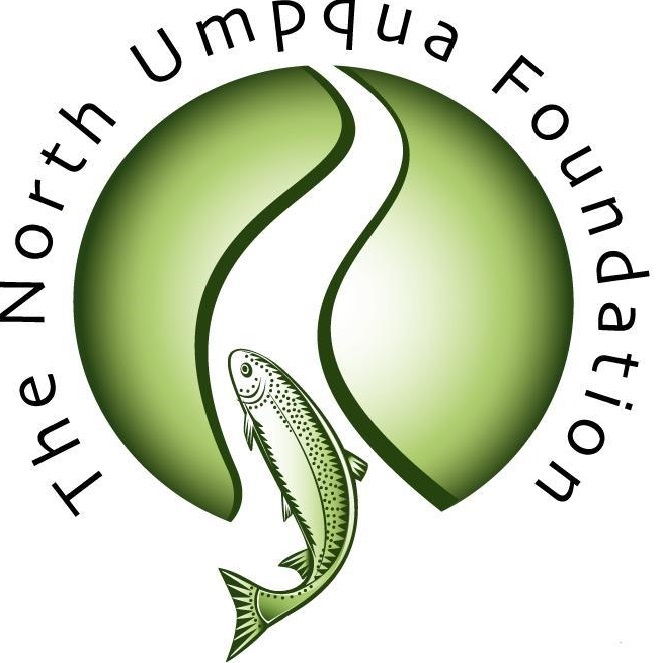Fish population and community responses to forest harvest and environmental variability in Western Oregon
Written by Leslie Jensen, our current scholarship recipient currently attending Oregon State
The latest series of studies to evaluate the effects of contemporary forest harvest on aquatic ecosystems in western Oregon is the Watershed Research Cooperative (WRC, www.watershedsresearch.org). The WRC is represented by three paired watershed studies ranging from the Umpqua basin in the south to the Alsea basin on the central Oregon coast and Trask Watershed Study in the northwest coast. The first phase of my graduate work is focused on the Trask Watershed Study, the youngest of this series of effort.
Though the Trask Watershed Study represents an intensive and long-term data collection effort, it is just one of hundreds of watersheds on the Oregon coast. For this reason, the second phase of my graduate work will use a dataset on fish distribution and abundance within the Siuslaw National Forest collected in 2012. This data will allow me to study the broader landscape of the Oregon coast and to evaluate the effects of forest cover, stream network location, natural geomorphological features, and biotic interactions on the observed patterns of fish abundance in coastal streams.
Together, the two study components of my study will allow me to evaluate how fish respond to forestry and environmental variation in a single, intensively monitored watershed (Trask River) and to evaluate why fish abundance varies across the landscape of the central Oregon coast range.
The main goal of this proposal is to identify fish responses to forest harvest and natural environmental variation at the scale of small watersheds (Trask Watershed) and large landscapes (Siuslaw National Forest). My specific objectives at each scale are as follows:
- Trask Watershed Study: The objectives for this project are to: 1) collaborate with ongoing research efforts to quantify ecologically meaningful changes in stream flow, water temperature, and turbidity in each sub-watershed in relation to forest harvest; and 2) estimate effects of natural and harvest-related variability in physical and biotic factors (flow, temperature, turbidity and population densities) on fish (coastal cutthroat trout and sculpin) bioenergetics (growth and consumption, two measures of individual performance).
- Siuslaw National Forest: With this dataset, I will 1) determine if there is evidence of whether individual fish species or whole assemblages of species are at maximum density; 2) estimate how network location, barriers and community composition influence fish abundance; and 3) characterize the effect of natural environmental variability and disturbance history on fish distribution patterns.
 Because this work is of such great interest, all of the watershed studies have an active outreach program. I plan to contribute to this on my own by taking steps to broaden public awareness by working with Oregon State University to do a press release, publishing my results on the Trask Watershed Research website to further their outreach mission, and reaching out to a local timber-dependent community (e.g., Tillamook County, where the Trask Watershed Study is located) to engage them in discussions of my research. I believe my history growing up and working in a timber-dependent community and studying to work as a stream and fish ecologist provide me with a unique ability to communicate diverse issues to a broad public audience. Although much of my focus in my graduate career will be on delivering new science, I am excited for opportunities to engage in public outreach to share my findings and to better understand their relevance in the context of their broader relevance to society.
Because this work is of such great interest, all of the watershed studies have an active outreach program. I plan to contribute to this on my own by taking steps to broaden public awareness by working with Oregon State University to do a press release, publishing my results on the Trask Watershed Research website to further their outreach mission, and reaching out to a local timber-dependent community (e.g., Tillamook County, where the Trask Watershed Study is located) to engage them in discussions of my research. I believe my history growing up and working in a timber-dependent community and studying to work as a stream and fish ecologist provide me with a unique ability to communicate diverse issues to a broad public audience. Although much of my focus in my graduate career will be on delivering new science, I am excited for opportunities to engage in public outreach to share my findings and to better understand their relevance in the context of their broader relevance to society.
